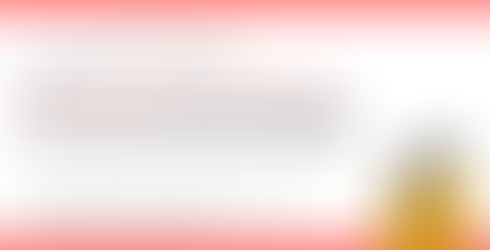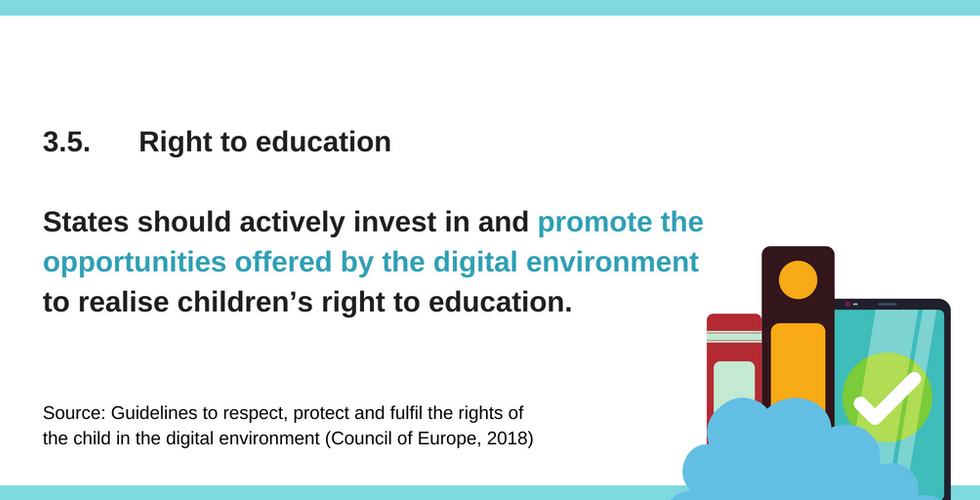Children’s rights in the digital environment: let's empower, educate & safeguard #digitalyouth
- Alicja Pawluczuk
- Jul 9, 2019
- 5 min read
Children’s and young people's participation has always been at the centre of work and is now, a key element of my doctoral research study.
As a digital community practitioner (in my pre-academia life), I’d often to refer to the Convention of the Rights of the Child (CRC) in my workshops, primary emphasising the importance of voice and participation. From the use of participatory filmmaking in 2009 to digital storytelling 2016, most of my work was community-driven, and it was the fusions of advocacy and technological skills that made these initiatives so powerful and unique. Similarly, in the digital times, children’s and young people’s collaborative voices are not only louder, but extremely diverse, creative and informative.
I’d always believe that children’s human rights are naturally transferable into the digital space - participation, education and safety (just to name a few).
Equipped with set a of firm beliefs and prior knowledge of human-rights based approach to participatory media making (Insight Share), I began my digital literacy/digital storytelling adventures in 2012. However, in years 2014 - 2016, while running a number of youth digital projects across Scotland, I experienced unexpected pockets of “digital resistance”.
Although my workshops were mainly welcomed with enthusiasm, there were also many questions with regards to digital safety, online addiction, online and offline balance and so on. It was evident the technology-fearing moral panic was spreading across Scotland (myself and a tiny army of digital youth workers was on a mission to conquer it!).
To keep myself 'safe', I would normally have a number of famous studies or headlines in hand. “Did you know” - I’d often say - “that 65% of jobs in 2025 have not been invented yet, which mens….etc etc”. However, very often, it felt like I just didn’t have the right argument for the right moment (occasionally, I had the right argument but was not the right person to sell it right - “what is this young blond immigrant trying to tell me, and why should I be taking her seriously?”).

In retrospective, writing about the digital literacy debate in years 2014-2016, reminds me of the ongoing #Brexit debate.
Opinions, headlines, and ‘facts’ are extremely polarised in the two of them. Similarly, in the context of the two debates, we have been ‘put on hold’, sort of waiting for the final result to be announced. Both sides in need of something concrete outcome to prove their beliefs, in this case a document which could be shown to the other side: “here is the real thing, this is what Digital Literacy (or Brexit) is really about!
Luckily for digital literacy practitioners the long awaited document has recently been published by the Council of Europe.
These recommendations have been co-developed by Professor Sonia Livingstone from the Department of Media and Communications at the London School of Economics, who was an Expert Advisor in drafting these recommendations.
![[weekend analysis of the CeO document]](https://static.wixstatic.com/media/ebfd6f_728bb140df8c42f5ab79bd1054880695~mv2.png/v1/fill/w_980,h_490,al_c,q_90,usm_0.66_1.00_0.01,enc_avif,quality_auto/ebfd6f_728bb140df8c42f5ab79bd1054880695~mv2.png)
2018 has been one of the most exciting and fruitful years when it comes to digital youth work and digital literacy - at least when it comes to both: 1. European context; 2. my research interest.
Firstly, in February we saw the publication of the document titled “Developing digital youth work: Policy recommendations, training needs and good practice examples for youth workers and decision-makers : expert group set up under the European Union Work Plan for Youth for 2016-2018”. Secondly, there is the recent publication of the Rights of the child in the digital environment by the Council of Europe. In this blog post, I’m going to briefly cover the second one (please note that it is referring to children only, but according to the publication they defined as under 18 years old).
*Whilst, the document provides comprehensive guidelines for action by European governments, on 9th July 2018 I was unable to find any clarification as to what is going to happen after Brexit. The only link I found are these guidelines from March 2018.
It's official: our role is to empower, educate and safeguard young European digital co-creators.
The document provides a very comprehensive analysis of the areas that need to be covered to ensure that children's right are protected both online and offline. As I won't be able to provide an insightful analysis of a document of this size and depth in a blog post, I am only focusing on the areas that interest me the most. These are the elements related to children's active participation in the digital environments.

Firstly, what strikes me in the document is the fact that it is children-centred on so many levels. Children and young people clearly defined as the co-creators of the digital world. The importance of children involvement and their voice is highlighted in everyday online information exchange, legislative processes related to digital policies affecting them, and even media co-production. In the context of children's freedom of expression, it is advised that participatory media schemes are created and that extra attention should be paid to the way children are being portrayed and presented in the media. Most importantly, it is also advised that: "Where children participate in the creation or production of these [digital] tools, measures should be in place to protect the child’s intellectual property rights".

The importance of voice and self-expression is also emphasised. In the document we can read that: "States should provide a range of incentives, investment opportunities, standards and technical guidance for the production and distribution of digital content and services of social, civic, artistic, cultural, educational and recreational benefit to all children".
Finally, there are the Council of Europe's recommendations highlight the importance digital inclusion and digital literacy. Firstly, it is argued that all States should provide access to digital resources in both formal and informal education setting. As stated in the document: "States should ensure that terms and conditions that are associated with the use of a device which can connect to the internet or that apply to the provision of online services or content are accessible, fair, transparent, intelligible, available in the child’s language and formulated in clear, child-friendly and age-appropriate language where relevant" (3.1,14).

Digital literacy, access and awareness of information, and digital resilience are important elements of the recommendations. Children's digital abilities are not viewed as a set of set skills, but as 'evolving capacities'. This is extremely important in the context of constantly changing world of digital technologies, where learning has to be perceived as ongoing journey and not 'box-ticking' exercise.
The European Council views the digital learning as a holisitc process, which takes place not only within school but also in informal educational setting (youth clubs, libraries) as well as at homes. That is why, it is argued that extra support should be provide to parent and guardians. This is particularly important when it comes to online safety and data protection, which are also covered in the document.
To find out about the remaining sections of the document or to read the full recommendations in full, please visit this link.
*I created cards with highlights from the document (which interest me in the context of my research), please feel free to use them (gallery below this post) - you can email me for a PFD file version too.











































Comments